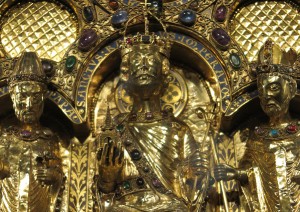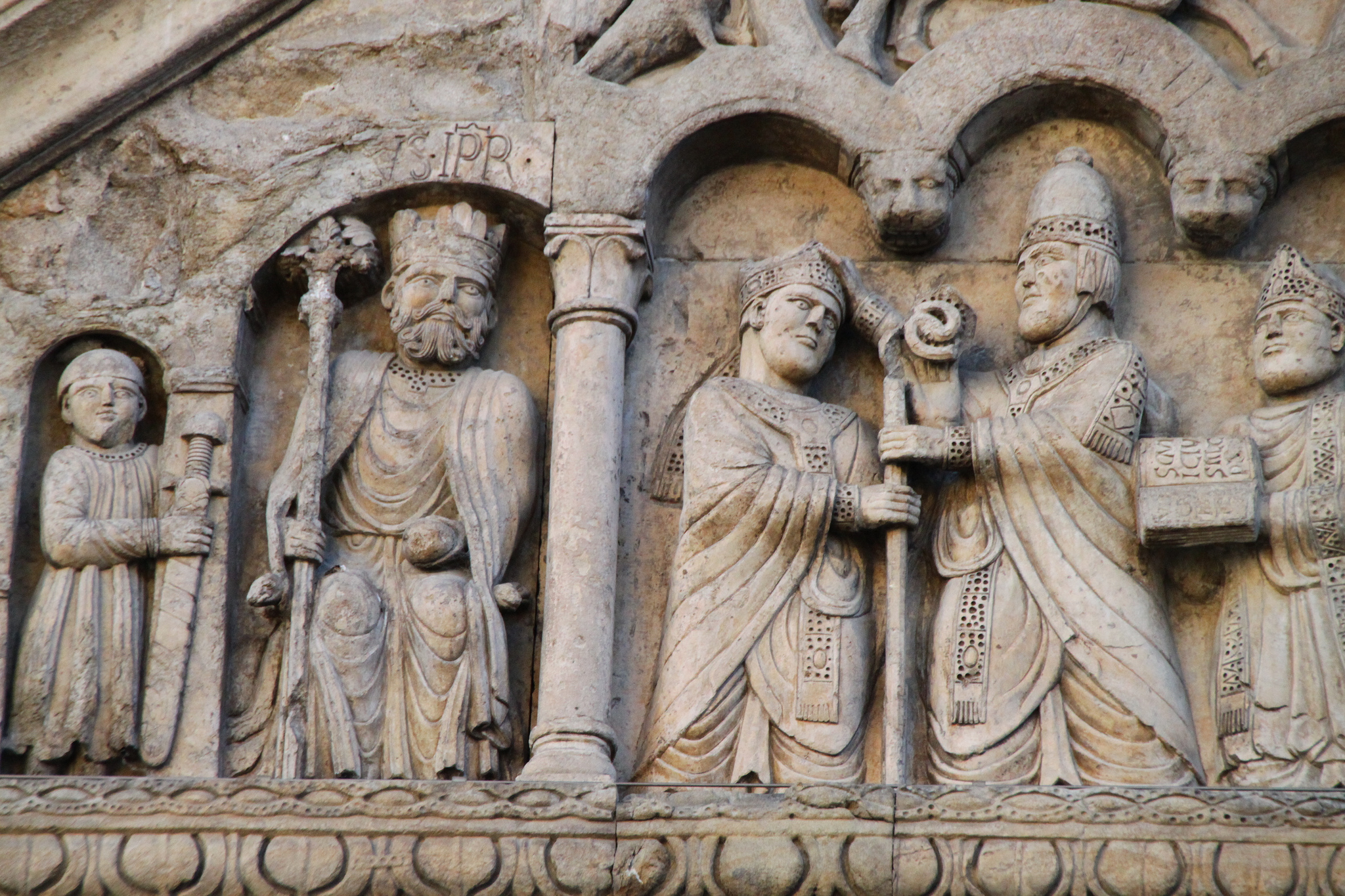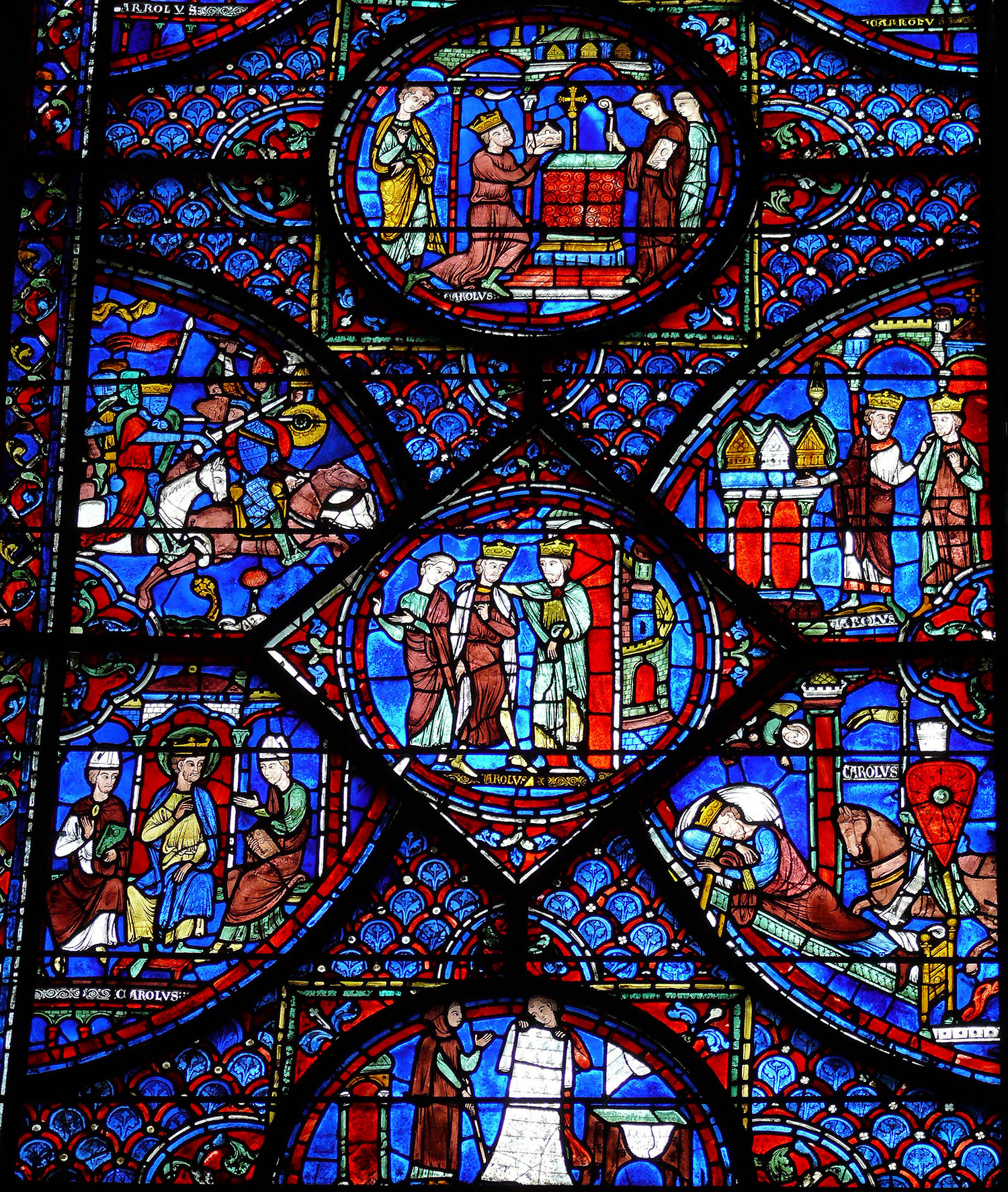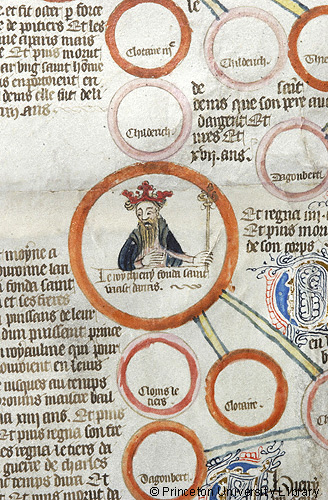




Today marks the feast day of Saint Charlemagne. The Frankish leader was canonized by the antipope Paschal III in 1165, some three-and-a-half centuries after his death on January 28, 814. Political motivations assuredly played a role in this act given the pontiff’s desire to curry favor with Charlemagne’s successor, Emperor Frederick Barbarossa. Yet it is well worth remembering that distinctly local commemorations of the emperor had already been established throughout the original footprint of the Carolingian empire.

Although Paschal III’s ordinances were officially revoked during the Third Lateran Council in 1179, Charlemagne remained a figure of veneration, particularly in the cathedral of Aachen, which houses an elaborate thirteenth-century shrine containing his relics. On Karlstag, the twelfth-century liturgical chant Urbs Aquensis, urbs regalis is performed within the cathedral in celebration of the emperor’s memory. With its vivid language, the sequence evokes Charlemagne’s accomplishments by describing him as a soldier of Christ, just ruler, converter of infidels, and an all-around rex mundi triumphator. Such descriptors complement posthumous medieval depictions of the emperor, which are amply represented in the Index’s catalogue. Portrayed variously as a ruler, warrior, patron, and saint in different media, these figures of Charlemagne underscore the diversity of guises and legends that developed after the historical emperor’s death.